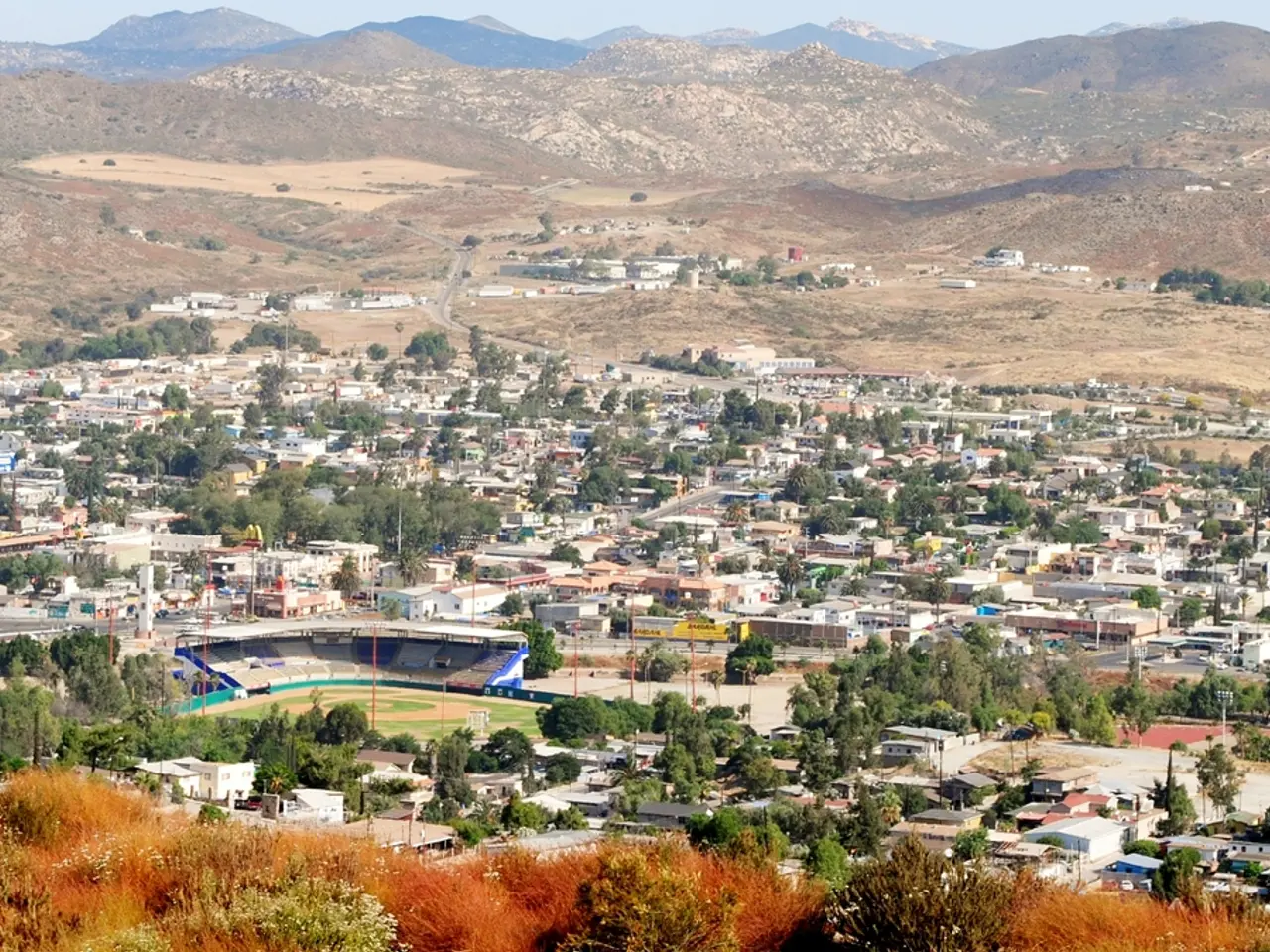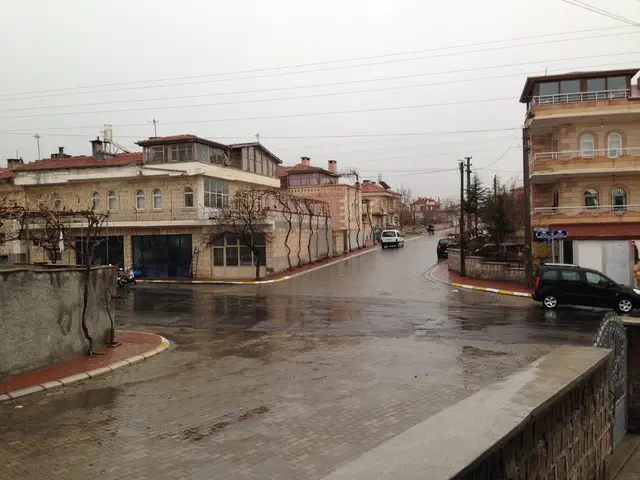Societal transitions through the course of the seasons
In the heart of Central Africa, the Bayaka, a group of hunter-gatherers, live in harmony with the tropical forests they call home. Their lifestyle adapts to the changing seasons, offering a fascinating insight into the flexibility of early human societies.
During the dry season, the Bayaka reside in large clusters near villages, cultivating cassava and fishing. However, as the rains arrive, they disperse into smaller groups, venturing deep into the forest to collect honey, caterpillars, and mushrooms. This seasonal shift not only affects their subsistence strategies but also extends to politics, economy, rituals, and relationships.
Their rituals, such as the Eboka, which celebrates the death of a relative, occur only during the dry season. Conversely, rituals like the Ejengi, which gather hundreds of people, become intimate practices among close relatives and friends during the rainy season. This seasonal transformation is a testament to the adaptability of the Bayaka's social world.
This seasonal flexibility is not unique to the Bayaka. Anthropologists and archaeologists have long been intrigued by the adaptability of societies that still live as hunter-gatherers, such as the San people in southern Africa, Aboriginal Australians, Hadza in Tanzania, and various indigenous groups in the Amazon and Arctic regions.
The study of these societies helps evolutionary anthropologists understand how environmental changes, resource availability, and cultural adaptations influence subsistence strategies. By examining behaviours like hunting, gathering, and early cultivation, they aim to shed light on the transition from foraging to agriculture and human dispersal worldwide.
Interestingly, the Bayaka live in what anthropologists call "fission-fusion" societies, where groups come together or split apart depending on resource availability. This model contrasts with the traditional view that small mobile groups of hunter-gatherers ("bands") are the most basic form of social organization, evolving into larger, sedentary, and hierarchical societies over time.
The seasonal transformations of the Bayaka echo those documented among other indigenous groups, such as the Nambikwara in the Amazon, who inhabited large villages and tended small gardens during the dry season, and dispersed into smaller, mobile groups of hunter-gatherers during the wet season.
This perspective on human history challenges the notion that monumental architecture, like the enormous stone enclosures at Gobekli Tepe in southeastern Turkey, built over 11,000 years ago, required a ruling class. It suggests that for much of human history, societies did not follow a single political trajectory.
However, the picture is not entirely rosy. In the "western world", inequality deepens continuously without any internal mechanism to restore balance. This stands in stark contrast to the seasonal flexibility and adaptability seen in many early human societies.
Some scholars attribute the roots of inequality to the advent of agriculture, arguing that it "fixed" social hierarchies by allowing people to settle in one place and accumulate surpluses of food and other goods, creating conditions for division between rich and poor. Yet, this perspective is being questioned by anthropologists like David Graeber and archaeologists like David Wengrow, who wonder why societies have become stuck with only one way of organizing and why eminence and subservience have become inevitable elements of the human condition.
In conclusion, the seasonal dynamics of societies like the Bayaka offer a compelling reminder of the adaptability and flexibility that have been integral to human history for millennia. Recognizing this long social fluidity tradition puts the present in perspective: the "Western world" is not the culmination of a 10,000-year march, but an anomaly in a 300,000-year history of cultural adaptability of Homo sapiens.








